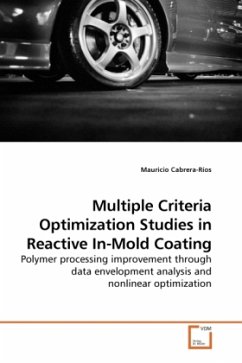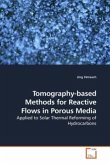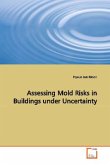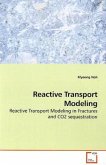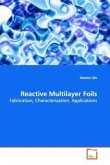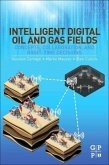Reactive in-mold coating (IMC) products have been used successfully for many years to improve the surface quality of Sheet Molding Compound (SMC) compression molded parts. IMC provides a smooth, sealed surface, used as a conductive or nonconductive primer for subsequent painting operations. The success of IMC for SMC parts has recently attracted the interest of thermoplastic injection molders. The potential environmental and economic benefits of using IMC as a primer and, in the ideal case, to replace painting completely are large. Acceptance of IMC as a competitor to traditional painting processes will depend upon the improvement of its ability to deliver in-mold coated parts in short cycle times at the highest possible quality level. Most optimization studies in polymers involve compromising between different performance measures since, frequently, the controllable variables have conflicting effects on these measures.IMC is not the exception to the rule.The goal of this work isto develop an optimization strategy for the application of reactive in-mold coating to SMC and thermoplastic parts in presence of multiple and conflicting performance measures
Bitte wählen Sie Ihr Anliegen aus.
Rechnungen
Retourenschein anfordern
Bestellstatus
Storno

